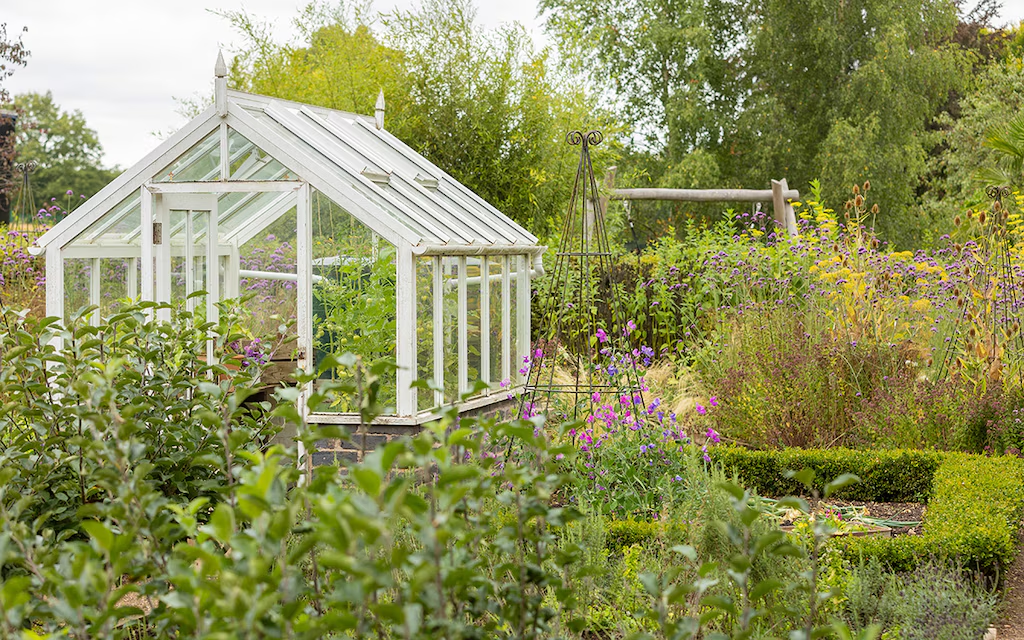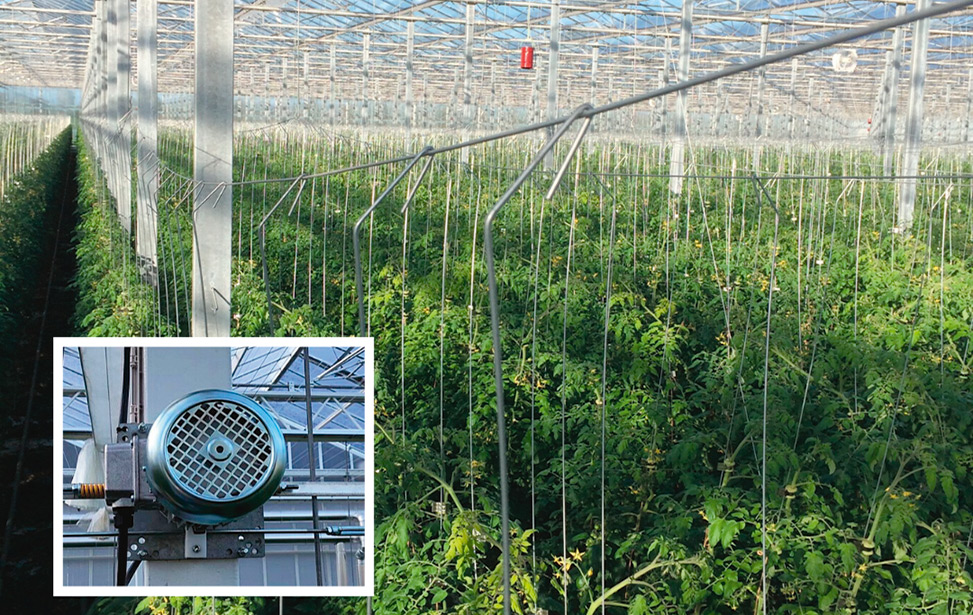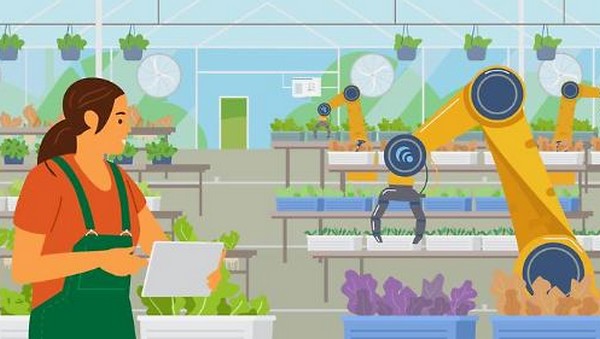Summer presents unique challenges for greenhouse operations, demanding strategic management to ensure optimal plant health and productivity. Entrepreneurs and investors looking for opportunities in sustainable agriculture can benefit from understanding these key practices, as highlighted by horticultural expert Philip Clayton.
As the weather warms, greenhouses can quickly become overly hot, posing risks to plant health. Once winter-hardy plants like cannas, pelargoniums, and citrus move outdoors, greenhouses transform into environments suitable for heat-loving crops such as tomatoes, aubergines, cucumbers, and melons. Maintaining this delicate balance involves several critical tasks.

Organizing the Greenhouse
A thorough cleaning is essential once tender plants move outside. This involves removing old pots, seed trays, and any plant debris that could harbor pests. Ensuring cleanliness helps prevent slugs and snails from finding hiding spots, while tidying up benches and floors enhances the greenhouse’s efficiency.
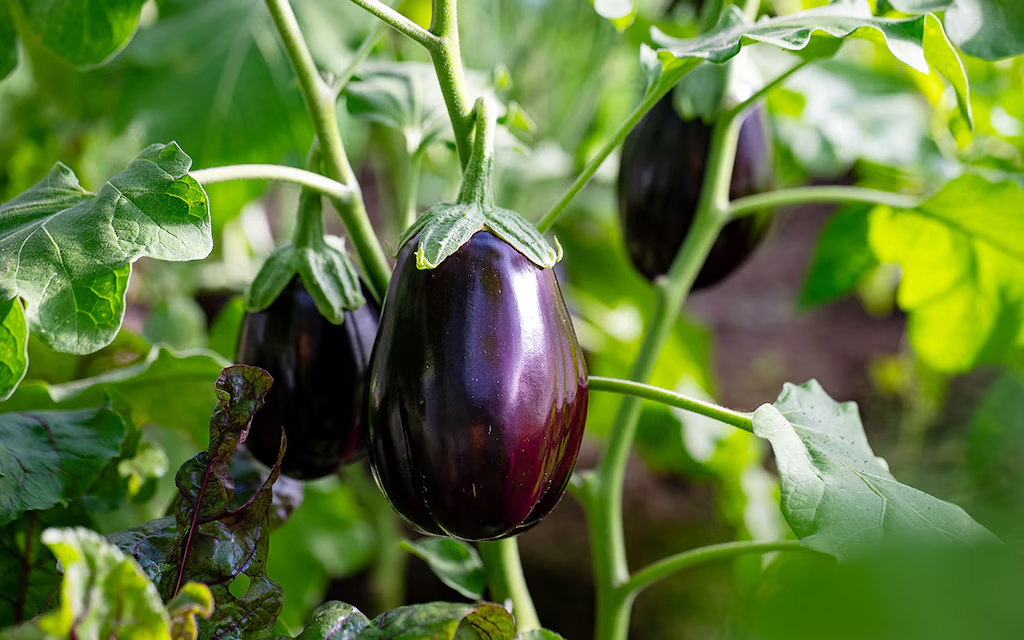
Plant Management and Health Checks
Greenhouse crops thrive under controlled conditions, but regular monitoring is crucial. Plants like strelitzia, cacti, succulents, clivia, hibiscus, and bougainvillea should be checked for pests and diseases. Repotting or top-dressing these plants prepares them for the season ahead. Placing plants in trays of gravel helps maintain humidity levels, benefiting their growth.
Additionally, some houseplants, including Christmas cacti, sansevieria, palms, cymbidium orchids, and ficus, can be temporarily relocated to the greenhouse. Shade-loving plants like Boston ferns and begonias will flourish under the benches. The controlled environment of a greenhouse reduces the risk of pests and diseases compared to outdoor conditions.
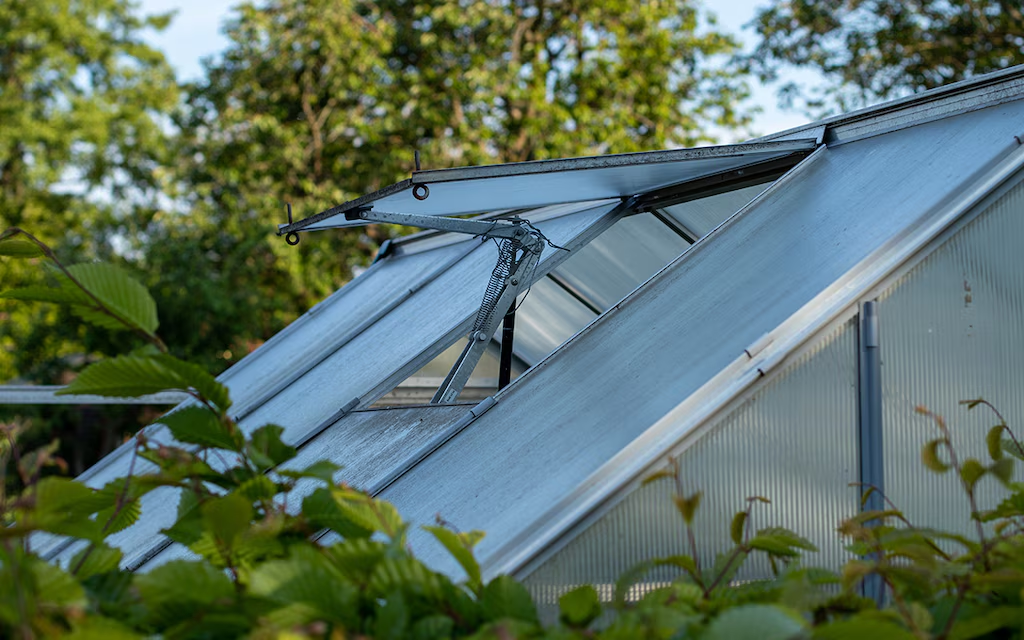
Shading and Ventilation Techniques
Effective shading is critical to prevent greenhouses from becoming too hot. Several shading methods include:
- Shade Paint: A cost-effective method that reflects the sun’s heat. Applied in varying thicknesses, it can be adjusted based on the greenhouse’s exposure.
- Shade Fabric: A simple yet effective solution. This coarse knitted material can be secured over the roof or inside the greenhouse, although it may not be as aesthetically pleasing.
- Roller Blinds: A more expensive but flexible option. Installed inside, these blinds can be retracted during dull weather.
- Exterior Slatted Shades: Traditional yet highly effective, these shades can impede airflow but offer excellent temperature control.
Ventilation is even more crucial than shading. Roof vents, preferably with automatic openers, facilitate effective heat removal. Including louvre windows and floor-level ventilation options can further enhance airflow. Keeping windows and vents open day and night during peak summer ensures continuous air circulation. For extreme conditions, leaving the door open with a ribbon curtain or wire screen can prevent unwanted animals from entering.
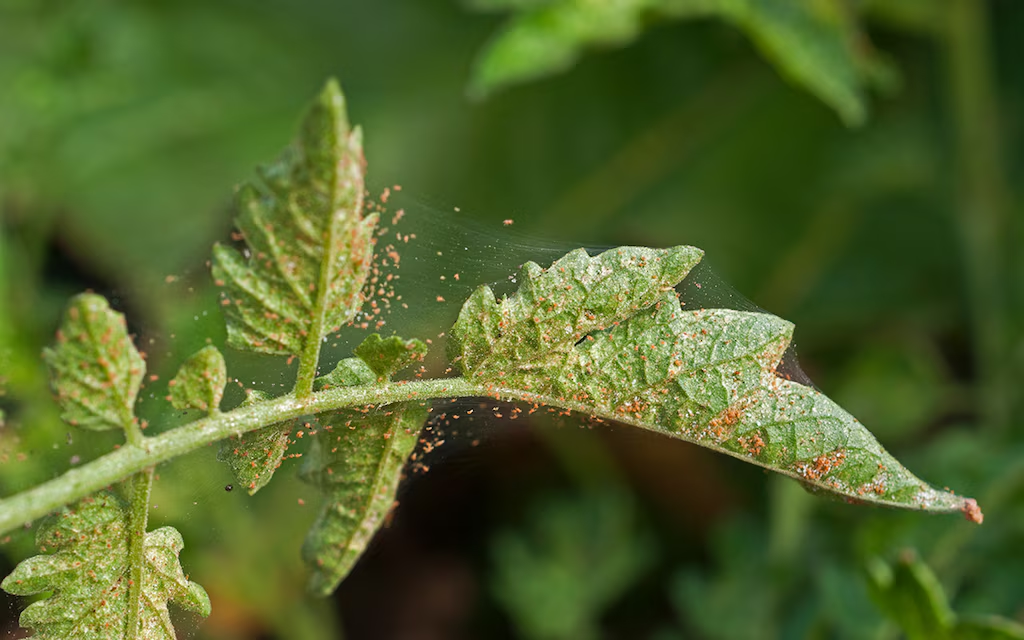
Humidity and Water Management
Maintaining appropriate humidity levels is vital. Damping down, or splashing water inside the greenhouse, helps sustain humidity and lower temperatures. This can be done using a watering can or pump-action sprayer. Ideally, damping down should be performed in the morning and repeated throughout hot days.
Regular watering is essential, as greenhouse plants need more frequent hydration than those outdoors. However, it is important not to overwater, especially if plants are in trays. Feeding plants with the appropriate fertilizer every couple of weeks supports their growth and health.
Pest Control
Summer conditions and open windows increase the likelihood of pest infestations. Regular inspections for pests like red spider mites, scale insects, and mealybugs are crucial. Swift action can contain small infestations before they become major problems. Ants can also be a nuisance, so efforts should be made to keep them out of the greenhouse.

